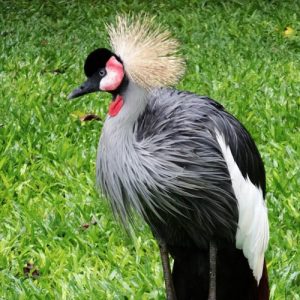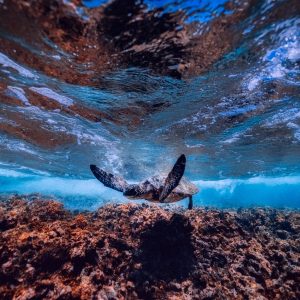DREAMING ABOUT WORKING WITH WILDLIFE?
This course provides with knowledge and practical skills to people working or wishing to work in wildlife care and management.
COURSE STRUCTURE
To obtain the certificate you must successfully complete all assignments and pass an examination in any four (4) modules listed below.
Module 1 – Introduction To Ecology BEN101
- Ecosystems & Populations
Components of an ecosystem, Biomes, Detrital & grazing webs, trophic levels, energy flows etc - The Development of Life
Lifespans, Natural selection, Genetics, Understanding arguments for and against theory of evolution, etc. - Animals, Parasites & Endangered Species
Comparative anatomy, how animals fit in ecosystems, animals in the human community, parasites, etc - Fungi, Tundra, Rainforests & Marshlands
Physiology, anatomy, classification and ecology of fungi; Location, the climate, the plant and animal life related to different systems including tundra, marshes and rainforests. - Mountains, Rivers & Deserts
Formation ecology and importance of mountains (including erosion, volcanoes etc), formation & types of rivers, catchments, dams, deserts and their ecology, etc. - Shallow Waters
Shore lines, coral reefs, intermediate reefs, estuaries, sandy shores, etc. - Ecological Problems
The Greenhouse Effect, The Ozone Layer, Poisons & Waste Materials
Module 2 – Vertebrate Zoology BEN104
- Vertebrate Taxonomy and Diversity
- Fishes
- Ectotherms: Amphibians and Reptiles
- Birds
- Overview of Mammals
- Marsupials
- Mammalian Glires and Insectivora
- Carnivores
- Hooved Mammals: Ungulata
- Primates and other Archonta
Module 3 – Wildlife Management BEN205
- Introduction To Wildlife Management
- Wildlife Ecology
- Wildlife Habitats
- Population Dynamics
- Carrying Capacity
- Wildlife Censuses
- Wildlife Management Techniques
- Wildlife Management Law And Administration
- Wildlife Management Case Study Research Project
Module 4 – Ornithology BEN102
- Classification & Introduction to Birdwatching.
- The Biology of Birds: Anatomy, external & internal structure, breeding, eggs etc.
- Common and Widespread Land Birds: Pests, introduced birds, pigeons, crows & their relatives, etc.
- Giant Birds & Long Legged Birds: Emu, Ostrich, Herons, Storks & Relatives etc
- Seabirds & Waterbirds
- Hunters -Birds of Prey, Owls, Kingfishers
- Passeriformes
- Other Birds Parrots, Honeyeaters, Swifts & others
- Attracting, Feeding & Keeping Birds
Module 5 – Marine Studies I BEN103
- Marine Ecology Systems
- Shallow Waters & Reefs
- Shellfish & Crustaceans
- Squid, Octopus, and Other Primitive Animals
- Fish Part A
- Fish Part B
- Marine Mammals
- Turtles, Sea Snakes and Seabirds
- Human Impact on Marine Environments & Fishing
Module 6 – Environmental Assessment – BEN301
- Types of Employment for Environmental Scientists.
- Introduction to Environmental Assessment.
- International Environmental Law.
- Domestic Environmental Law
- Types of Environmental Assessments
- The Design and Process of Environmental Assessment.
- Writing Environmental Reports Research Project





